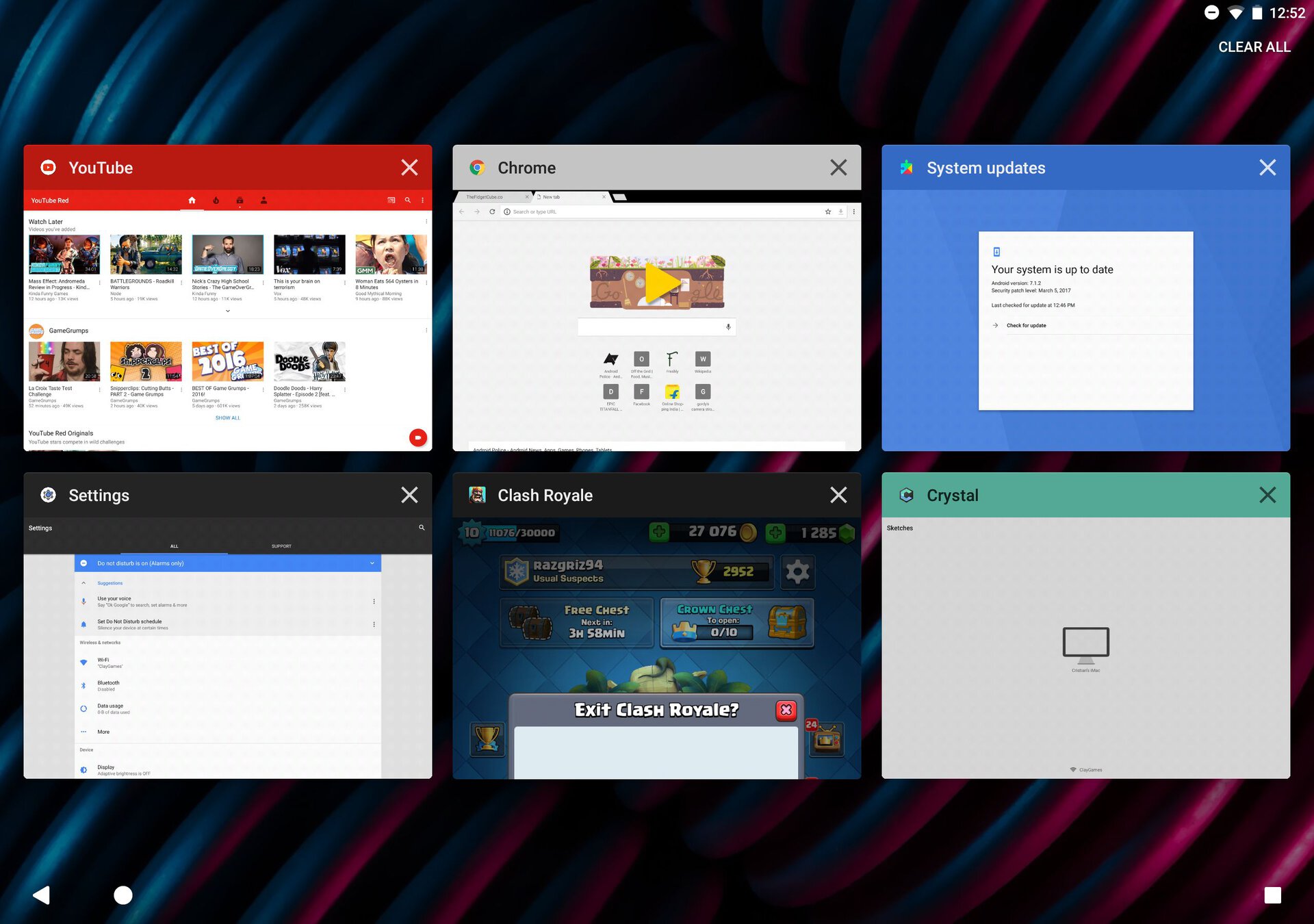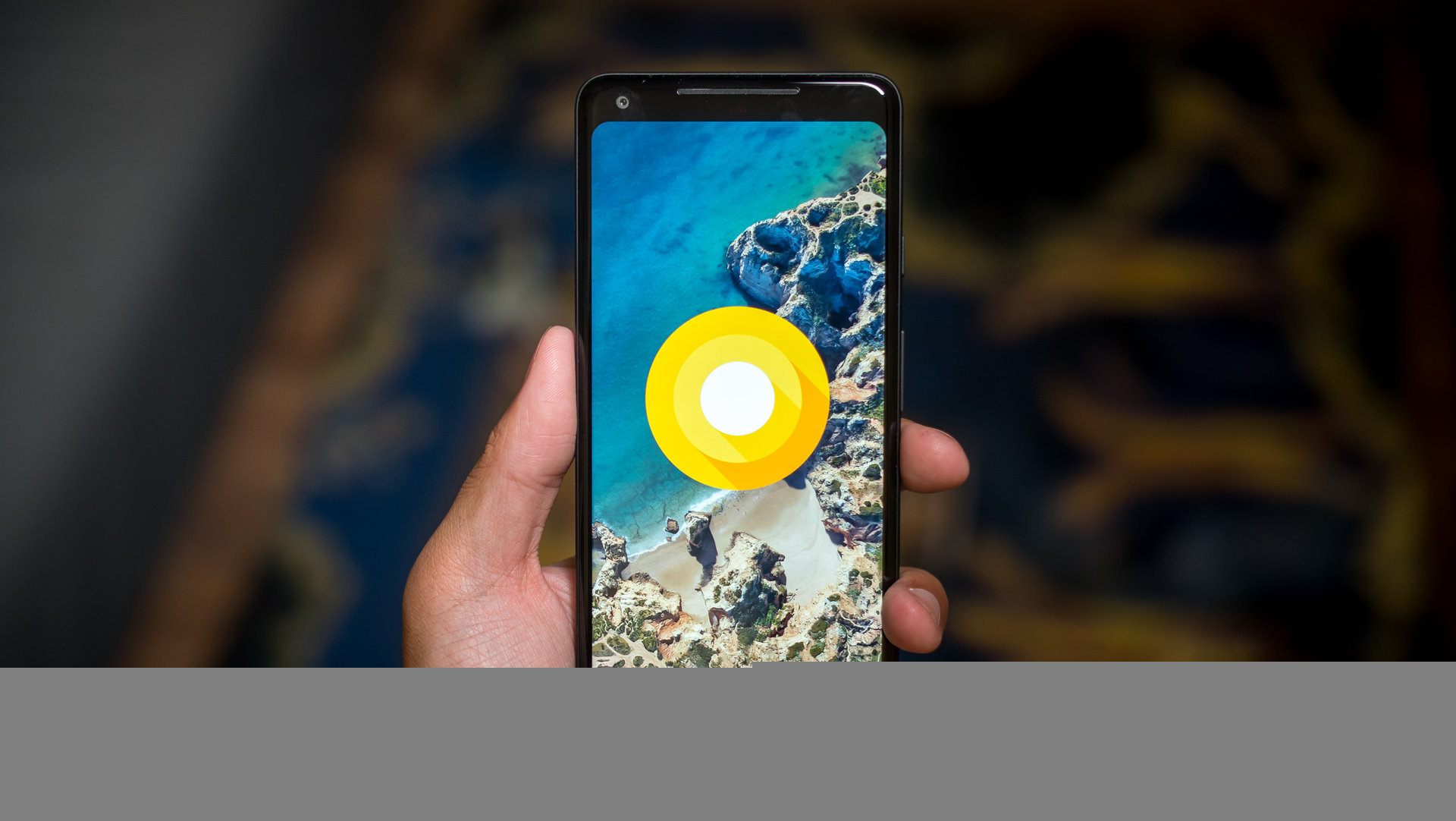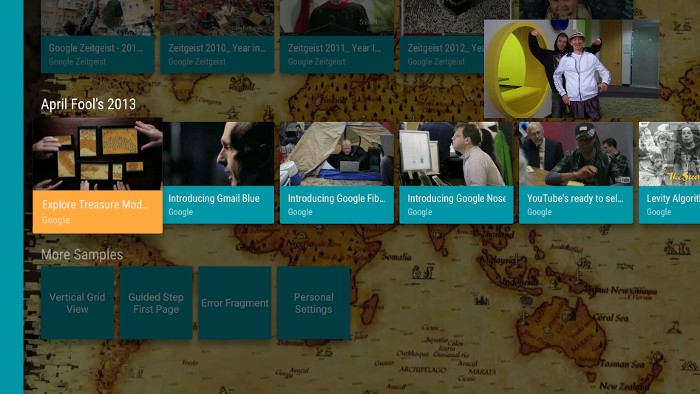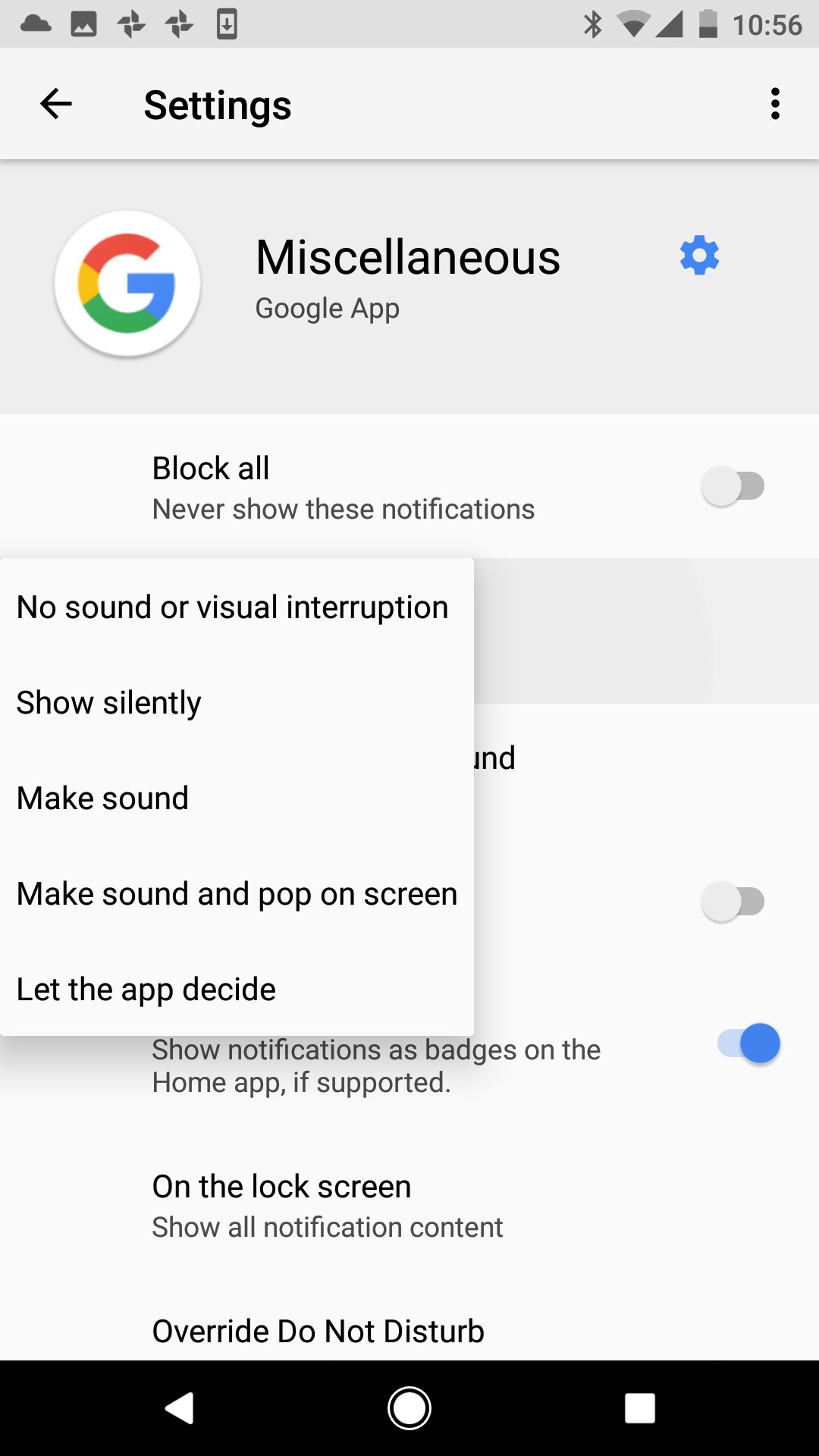Affiliate links on Android Authority may earn us a commission. Learn more.
Changes to multitasking in Android O [Diving into Android O]

Proper multitasking in Android is a problem Google has been trying to perfect for a long, long time.
OEM’s like LG and Samsung have all tried their hands at individual solutions for the last few years, and Google tried to remedy all of this with built-in split-screen support in Android Nougat. Often times however, splitting your screen down the center is not the most effective use of space, and it is much better to be able to use a floating window or separate monitor for one piece of content while using most of your screen for something else.
That’s where Picture-in-Picture, app overlays, and multi-display support come in, and they’re finally coming to Android O.

Picture-in-Picture
Picture-in-Picture mode is now supported in Android O, and it allows you to keep videos and other types of content running in a small window while you use other apps. This is especially useful for things like YouTube videos, so you can order an Uber or make a dinner reservation while watching the content you love. While this was technically possible with the split-screen view present in Android N, often it is nice to be able to see a lot more of your focus app while having other content playing in the background.

It is quite interesting that Google is allowing you to make background content smaller and smaller, since running YouTube in the background is one of the key features of YouTube Red. Regardless, we’re not complaining, and this is a great option to have.
App overlays
App overlays have also made their way to the OS, replacing “alert” windows which were previously used. This is useful for developers, as it replaces the individual alert types which previously had to be called. These system alert types were PHONE, PRIORITY_PHONE, SYSTEM_ALERT, SYSTEM_OVERLAY, and SYSTEM_ERROR. The new universal APPLICATION_OVERLAY window allows for apps to be moved or resized to improve screen presentation, and individual apps can also have their overlay settings tweaked by the user to block overlay alerts. The universal overlay type should help to streamline alerts for developers, and gives Android a much more cohesive appearance overall.
The screenshot below appears to show how the system will let users decide whether they want overlay alerts from specific apps. Note the “Make sound and pop on screen” option.

Finally, we move to multi-display support. With Android O, your device finally allows for support of more than one screen, assuming the application or process your device is running can handle it. If the device detects multiple displays, the app can automatically detect which display it should be running on, but the user will also have the option to move an activity from one display to another. When you move from using one application to another, the system will “pause” other applications running on the device. This is different from stopping the activity altogether, as it allows users to jump back and forth between content without that content being thrown out.
The timing for the support of this feature is quite interesting, especially with Google’s “Andromeda” operating system rumored to bridge the gap between Chrome OS and Android. If rumors are true, it would make sense for the company to want to support multiple displays for devices like tablets and laptops, though it could still be quite useful on your handset as well.
It’s great to see Google taking multitasking a bit more seriously with Android O, especially as we move into a world where we are constantly doing a thousand different things at once. Are you especially excited for any of these features? Let us know!